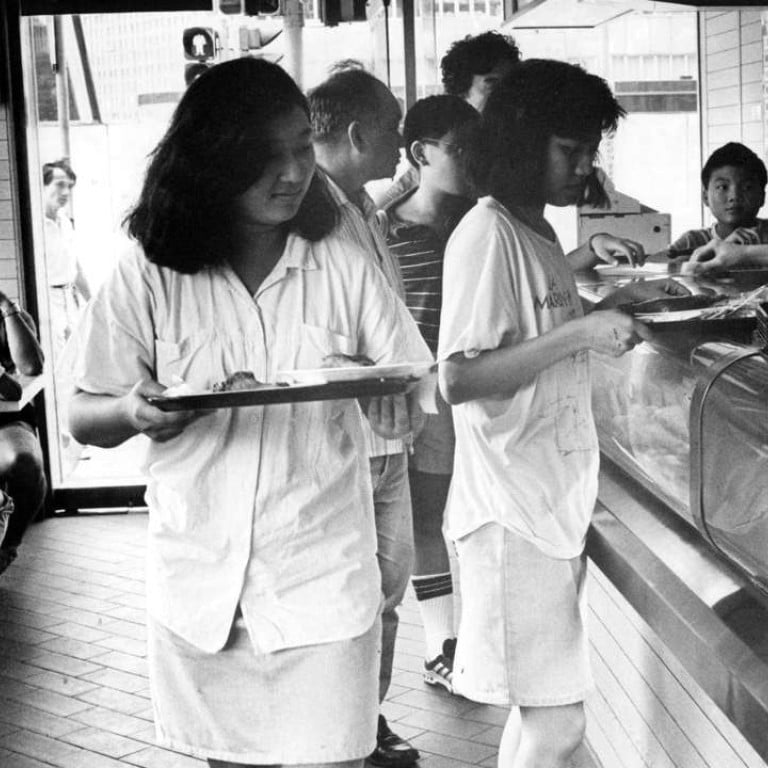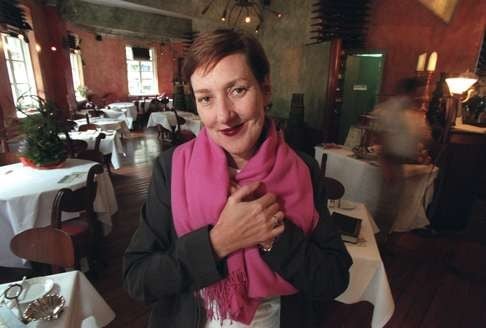
How Hong Kong has absorbed and adapted foreign cuisines
From cha chaan teng to ‘Western food in soy sauce’ to European cuisine, from fine dining to fast food, from Korean to Japanese and Thai, Hongkongers have embraced a world of culinary influences over the past century
Given Hong Kong’s status as a former British colony, it was inevitable the local Chinese population would develop a taste for Western food. As an international entrepot, cuisines from other Asian nations have also become hugely popular. Over the decades, culinary cultures have seeped in, clashed and merged, and the dining scene continues to evolve and become ever more sophisticated.

A decade later, less expensive dining options called cha chaan teng began to spring up, seamlessly fusing Chinese and Western styles to suit the tastes of outward-looking locals on a low budget. Evergreen staples sold to this day include deep-fried French toast, macaroni with ham, basic egg, ham or corned beef sandwiches, and condensed milk tea.

According to a review in the Post in 1970, Loren Restaurant on Leighton Road served a set lunch of borscht soup, garoupa meuniere, ham steak and pineapple, with a crème caramel dessert and a coffee for just HK$5.50. A lobster thermidor was on the menu at Marseilles Restaurant on Hart Avenue, in Tsim Sha Tsui for the grand price of HK$20.



On the menu at Sammy’s was steak Wellington and chateaubriand for HK$11. Diners could also order veal piccata, fillet sole Elizabeth, scaloppine de veau au marsala, while desserts included Vacherin Romanoff, fruit flambées and cherry jubilee.
The 1970s signalled a significant change in Hong Kong’s dining scene, with the arrival of fast-food chains, both Western and Chinese. Café de Coral, founded by Victor Lo Tang-seong to offer affordable meals to working-class Hongkongers, opened its first outlet in 1969. Lo’s brother, Lo Fong-seong, opened the first Fairwood in 1972, with a similar aim.

Sceptics doubted American fast food would catch on among Hongkongers, but within 15 years McDonald’s was a multimillion-dollar business and other burger chains jumped on the bandwagon.
The slew of other fast-food joints in the ‘70s was a product of the manufacturing boom, as Hongkongers began working longer hours. The Post ran a story in August 1975 headed: “Eating has now become a battle against time. How the pace of living in Hong Kong has increased so rapidly that it is reflected today even in the eating habits of the majority of the people.”
The article bemoaned the death of the leisurely weekday lunch, with only time to grab a hot dog, sandwich, boxed lunch or McDonald’s takeaway.
Popular Chinese fast food included roast meats with spring rolls, cakes and egg tarts, the Post said. Maxim’s – a local fast-food chain – said it selling about 50,000 lunch boxes daily in the mid-70s.
In the 1980s, a big food phenomenon was the pizza. Previously, local Chinese turned their noses up at cheese, disliking the smell, but mozzarella broke the cheese barrier, according to the Post.
Australian Tom Parker opened The Spaghetti House in 1979 in Tsim Sha Tsui, and the following year was churning out 30,000 pizzas a month. About 60 per cent of his customers were local Chinese, he said, while 30 per cent were Westerners and 10 per cent South Asian.
“We experimented with making Chinese-style pizza, but gave it up. Char siu pizza just doesn’t work,” Parker said.

Helen Lau, a mother of two, liked how the family could share a pizza, just like Chinese food.
“It’s different from hamburgers, which you don’t usually share,” she told the Post. “Yum cha is getting more and more expensive, so sometimes pizza can be cheaper. It fills you up very easily, and the children find it more fun than having dim sum with the adults, who like to talk for hours over tea.”
Nutritionists observed that a large number of younger Hongkongers were increasingly eating fast food. “More women are joining the workforce, so more meals are eaten out or grabbed on the run,” said Linda Koo, a nutrition researcher at University of Hong Kong.
“Young women don’t want to visit the market and cook three times a day. They don’t feel obligated to be like their mothers; nor do they want to.”
In the late-80s, with growing wealth in Hong Kong, French cuisine became popular among those fond of fine dining in hotel restaurants, although chefs adapted to local tastes by using less cream and butter in dishes. They also began experimenting with local ingredients, such as herbs, spices and fresh farm produce.

The opening of Michelle’s Restaurant at The Fringe in 1989 (later renamed M at The Fringe), was considered the first fine-dining restaurant not situated in a hotel. Michelle Garnaut’s place was described as warm, “like those 18th century salons which can still be found in Macau”, with tastefully mismatched cutlery, and serving delights including Greek goat cheese baked with sun-dried tomatoes into a filo tart, pumpkin tortelli, and poppy seed galette for dessert.

Hongkongers also developed a taste for anything Japanese during the ‘80s – a devotion that continues. Japanese restaurants became hugely popular and not just for sushi. In recent years, diners have flocked to ramen shops, yakitori and omakase, to name a few.
The spice level at Thai restaurants – which gained popularity in the ‘70s in Kowloon City – was initially diluted to suit local tastes. In recent years, however, diners have taken to more authentic spicy Thai curries and papaya salads. And the fascination for K-pop has resulted in a proliferation of Korean restaurants in the city, serving do-it-yourself barbecues, bibimbap and, of course, Korean fried chicken – the Asian KFC.
Despite early doubts about hamburgers, they continue to be popular and have even gone gourmet in the past few years. McDonald’s – which now has more than 230 restaurants in the city – introduced custom burgers, while newer places, including Butchers Club, Morton’s and Café Causette in the Mandarin Oriental, dish up premium burgers. Former Mandarin former executive chef Uwe Opocensky this year moved on to Beef & Liberty, where he is promising to create the “ultimate burger”.
Today, food trends in Hong Kong seem to be moving in polar opposite directions – either super healthy quinoa, chia seed, acai, collard greens and avocado on toast, or uber indulgent alcoholic milkshakes, hamburgers with foie gras, macaroni smothered in three or more cheeses, and lots and lots of sea urchin – and anything salted caramel.
Hong Kong has long been spoken of as a great culinary city, with an A to Z of global cuisines available – and dining options just keep growing.

